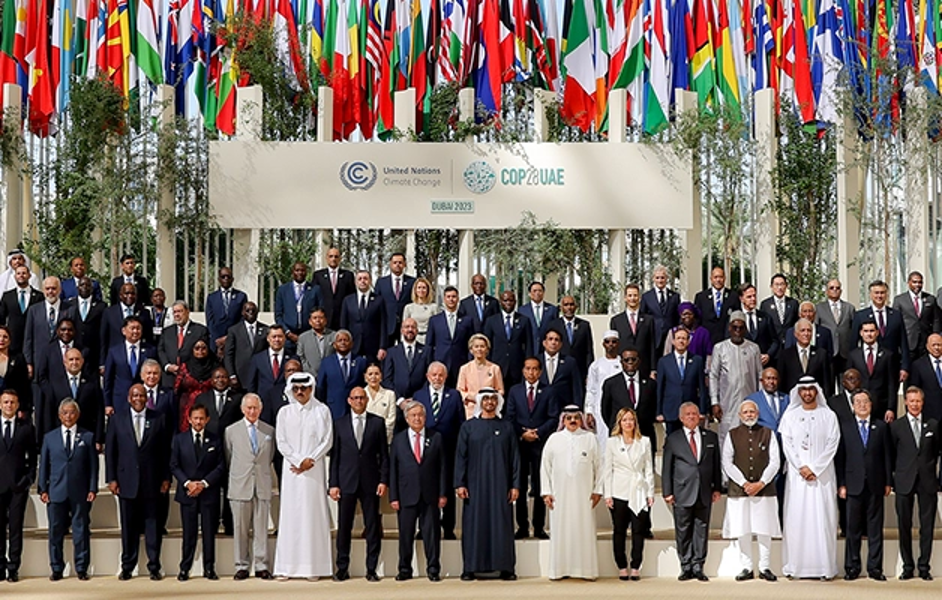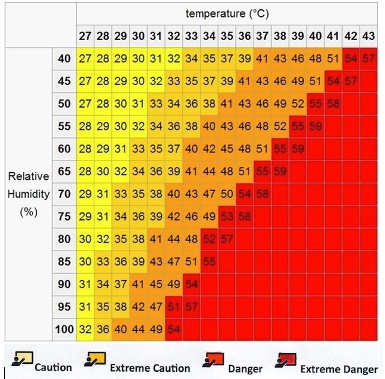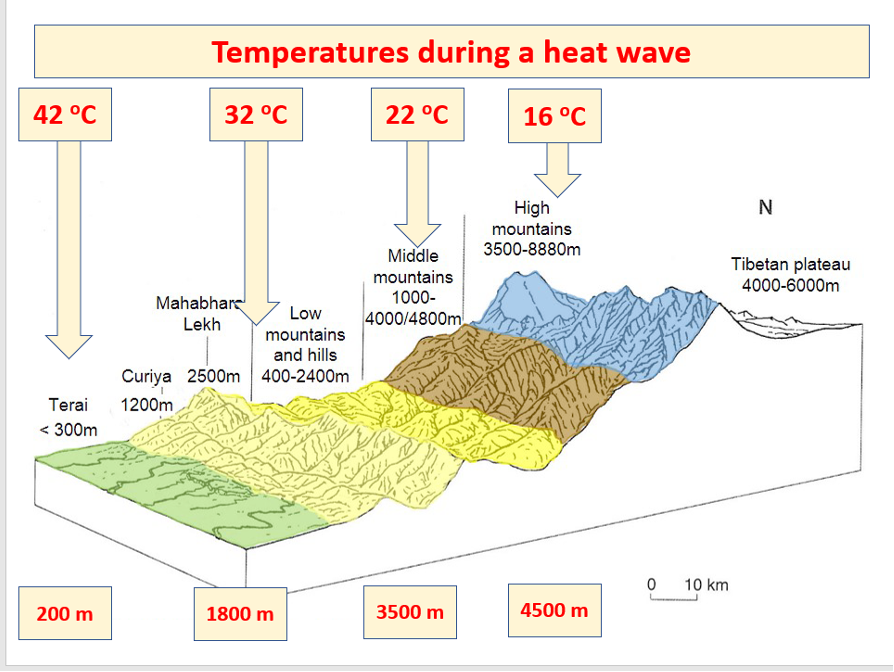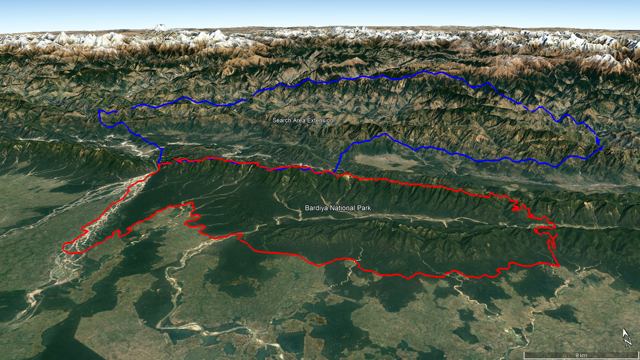Climate Change
The Terai – and so BNP – is warming up very quickly. The frequency of heat waves causing heat stress for people, livestock and wildlife is increasing. Does BNP remain thermally suitable as a tiger reserve in the long term?
In December 2023, politicians convened at COP28 for the 2023 United Nations Climate Change Conference in the United Arab Emirates. Discussions revolved around the warming of the atmosphere, yielding important decisions.

While much attention is given to how climate change impacts humans, the plight of wildlife in the face of these changes is often overlooked.
Wild animals are increasingly confined to small parcels of land known as ‘national parks,’ where they also suffer from climate change. HTF calls for remedial action to protect and safeguard the well-being of tigers and other wildlife against the effects of climate change, especially the warming up of the remaining habitat of tigers in the Terai of Nepal.
Tigers, like other mammals, share with humans the challenge of regulating their body temperature when the air temperature exceeds their own. They employ various methods, such as panting, licking their claws (for evaporative cooling), and seeking water bodies with temperatures lower than their core body temperature. Seeking shade is a preventive measure rather than a remedial action, as it helps prevent overheating. Science does not precisely understand the relationship between air temperature and relative humidity, but high relative humidity hinders evaporative cooling. Diagrams have been developed for humans and cattle, illustrating ‘safe’ combinations and ‘extremely dangerous’ ones.
When extremely dangerous combinations of air temperature and humidity develop, people are known to die, and the same holds true for cattle and water buffalo. By the same token, we assume tigers become very vulnerable too. In Nepal’s Terai, extremely perilous weather situations can arise, mainly during the monsoon and the periods immediately before it. Heat waves with air temperatures above 42 °C and high relative humidities regularly occur, but much evidence shows that these potentially lethal situations develop even more frequently associated with climate change.
If tigers have to find cool water bodies, one must realize that especially before the monsoon breaks, ponds that are not connected to flowing water are shallow and heat up in a few days’ time. Because tigers are confined to relatively small, protected areas in the Terai, such as Bardiya National Park or Chitwan NP, they cannot easily find safe, cool places within these protected areas.
Where can they, and other wildlife, find safety from extinction caused by lethal heat waves?


This diagram shows that safety can be found in the hills. Indeed, because the air cools down by 0.6 °C for every 100 meter increase in elevation (as evidenced by research sponsored by HTF in the Nepal mountains).
Consequently, HTF believes that protected areas, such as Bardiya National Park, have to be extended into the hills to the north and northeast of the Terai parks. Concrete on-the-ground actions are needed.

To read more about the research projects we have initiated in Bardiya National Park, click on:
Human-wildlife coexistence in Bardiya
Managing subtropical monsoon grasslands
Counting prey animals
Re-wilding Bardiya National Park
Mountain Tiger (Snow Leopard)
“Save the Tiger! Save the Grasslands! Save the Water!”

